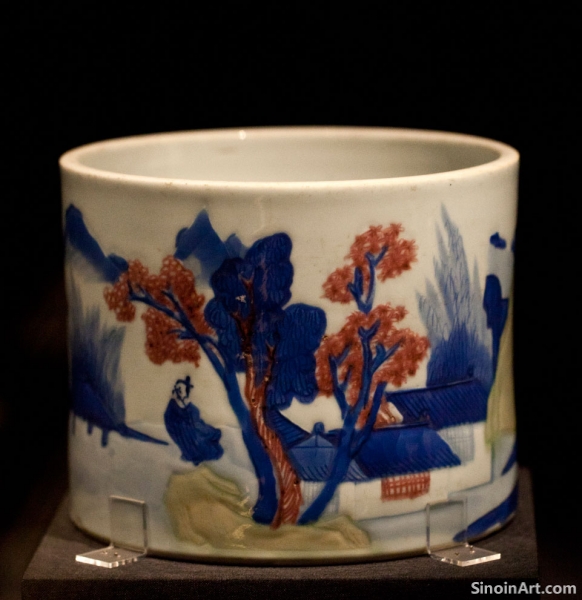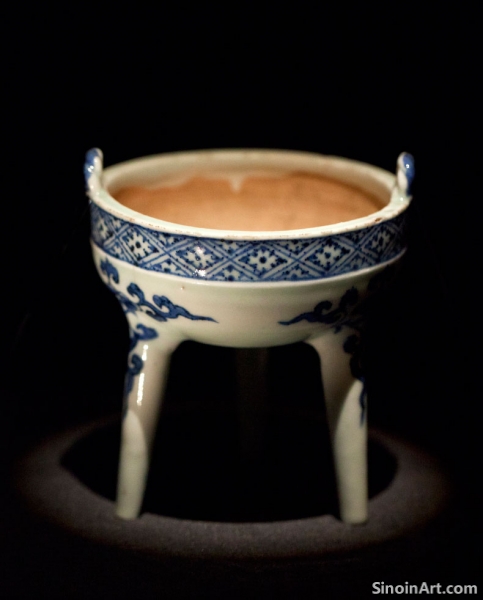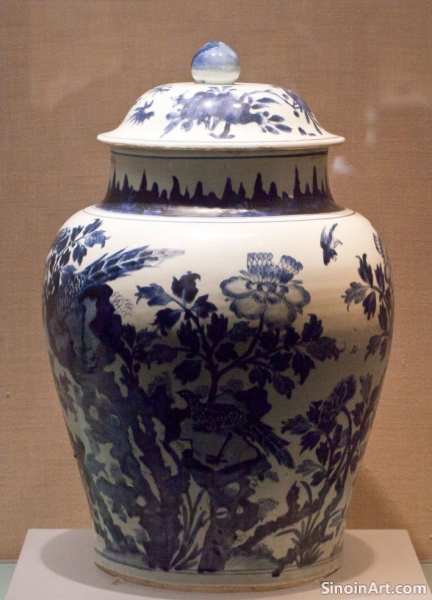Monochrome Glazes During the Yuan Dynasty
|
While blue and white porcelain may dominate the narrative of Yuan ceramics, monochrome glazes also played a significant role in the artistic landscape of the era. These single-color glazes showcase the technical mastery of the potters and the range of their artistic expression. Monochrome glazes are a vital but often overlooked component of Yuan ceramics.  Celadon glazes, particularly those produced at the Longquan kilns, continued to be highly prized during the Yuan Dynasty. These jade-like green glazes were valued for their smooth texture and subtle variations in tone. Longquan Celadon continued to be very popular and was widely exported.  White glazes, often with a subtle bluish tint, were also commonly used during the Yuan period. These pieces often featured simple, elegant forms and were valued for their purity and understated beauty. The simplicity of white glaze demonstrates the beauty of the material itself.  Black glazes, often achieved through the use of iron oxide, were also employed on a range of ceramic vessels. These pieces often featured bold, dramatic designs. Black wares offer a striking contrast to the more commonly known blue and white pottery of the era. The range of monochrome glazes produced during the Yuan Dynasty highlights the versatility of Yuan potters and their ability to master a wide variety of techniques. They demonstrate a deep understanding of the chemistry and physics involved in creating these pieces. The monochrome glazes of the Yuan show the versatility of potters of the time. |
Tag : Yuan monochrome glazes, Longquan celadon, White glaze, Black glaze, Chinese ceramics
Related information
- Beyond Blue and White: Exploring Other Glazes and Techniques of Yuan Dynasty Porcelain
- Forms and Decoration: Exploring Yuan Dynasty Porcelain Aesthetics
- The Role of Minorities in Yuan Dynasty Porcelain Production and Trade
- The Significance of Yuan Dynasty Porcelain in Chinese Art History
- Beyond Blue and White: Other Yuan Ceramic Styles
This article goes beyond blue and white, exploring other glazes and techniques used in Yuan Dynasty porcelain, including monochrome glazes, copper red, and various decorative methods.
This article examines the distinct forms and decorative techniques of Yuan Dynasty porcelain, including its large shapes, bold motifs (floral, dragons), and underglaze painting. It reveals the artistic dynamism of the era.
This article explores the often overlooked role of minority groups in the production and trade of Yuan Dynasty porcelain, acknowledging their likely contributions to various stages of the process and their influence on the diverse cultural landscape of the period.
This article explores the historical significance of Yuan Dynasty porcelain, highlighting its innovations, its impact on trade and cultural exchange, and its role in the broader context of Chinese art history.
Beyond blue and white, the Yuan Dynasty also produced diverse ceramic styles like Shufu ware, Cizhou ware, and Longquan celadon, demonstrating the breadth of creative output and technical expertise during the era.